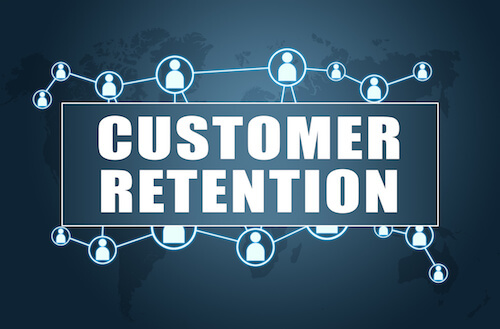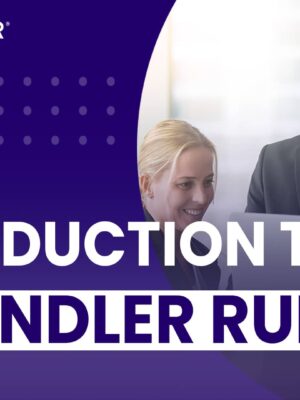Client Retention Via Strengthening the Relationship: Key to Success in Chaotic Times

The global pandemic has highlighted the need for sales teams to focus appropriate amounts of selling time, effort, and energy on client retention. The oft-cited cost of obtaining a brand new client, far greater than the cost of retaining a comparable client, has emerged as a painful fact of life for many organizations in 2020. Client retention has for many teams emerged not just as a strategic imperative, but as a key to survival.
With so many budgets frozen or diminished, and so many markets under extraordinary pressure, keeping good clients who are already on the books is a major priority. With that priority in mind, the Sandler Research Center has released the results of its latest survey The Critical Elements of Proactive Client Retention. The survey examines real-world behaviors in five essential areas of client retention:
- Sustaining the relationship
- Ensuring relevance
- Sustaining “win-win”
- Delivering value
- Growing the partnership
This post focuses on the results of the first critical element – sustaining and strengthening the relationship.
To support repeat business, the relationship between a sales team and the buyer must be open, trusting and effective across multiple organizational units. Speaking to this point, Jonathan Farrington, Director of Research for the Sandler Research Center, notes in the survey report that “most major account buying networks consist of multiple individuals from across the organization, bringing different functional and behavioral points of view to the decision-making process. Understanding the roles, responsibilities and influences of these buyers sets the stage for the communication and strategic interaction so critical to winning, growing and keeping major accounts.”
The results of the survey support Farrington’s thesis. 73.5% of respondents provided a positive (YES) response to our question, Do your relationships with major accounts deliver sustainable competitive advantage? Conversely, 26.5% responded negatively. These answers created two pools of respondents that we can compare to analyze contributing factors.
A comparison of those with sustainable client relationships resulting in repeat business (i.e., those answering YES) and those with non-sustainable relationships (those answering NO) yields the following insights, based on later questions in the survey:
- Teams with sustainable client relationships are 1.3X more likely to make a conscious effort to open and sustain new lines of communication with their major accounts.
- Teams with sustainable relationships are 1.4X more likely to have accessible key client contacts for frequent interactions.

In addition, the survey revealed that:
- Teams with sustainable client relationships are 2.1X more likely to effectively match personnel in the organizational units of their own organization to parallel units in the buyer’s network. (For instance, they are more likely to have members of their own Operations team interacting with members of the client’s Operations team.)
- Teams with sustainable client relationships are 1.5X more likely to have strong executive-to-executive relationships with their major accounts.

Sustainable relationships across multiple teams are a critical component of any attempt to improve client retention in major accounts. When these conversations and interactions bring real value to the client, your organization’s value skyrockets and the potential for retention and in-account growth rises.
As Farrington writes, “the responsibility lies entirely with sellers to ensure a relationship is continually strengthened. It requires a proactive strategy, which focuses on improving line of communication and increasing the number of contacts, specifically targeting those within the knows DMU (Decision-Making-Unit). But it should also involve identifying recommenders and users (where appropriate), as well.”
Improving client retention takes work, especially in large and complex accounts. The survey strongly suggests that that work begins with forming the best possible relationships across multiple teams, and then opening and maintaining clear lines of communication.








